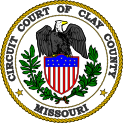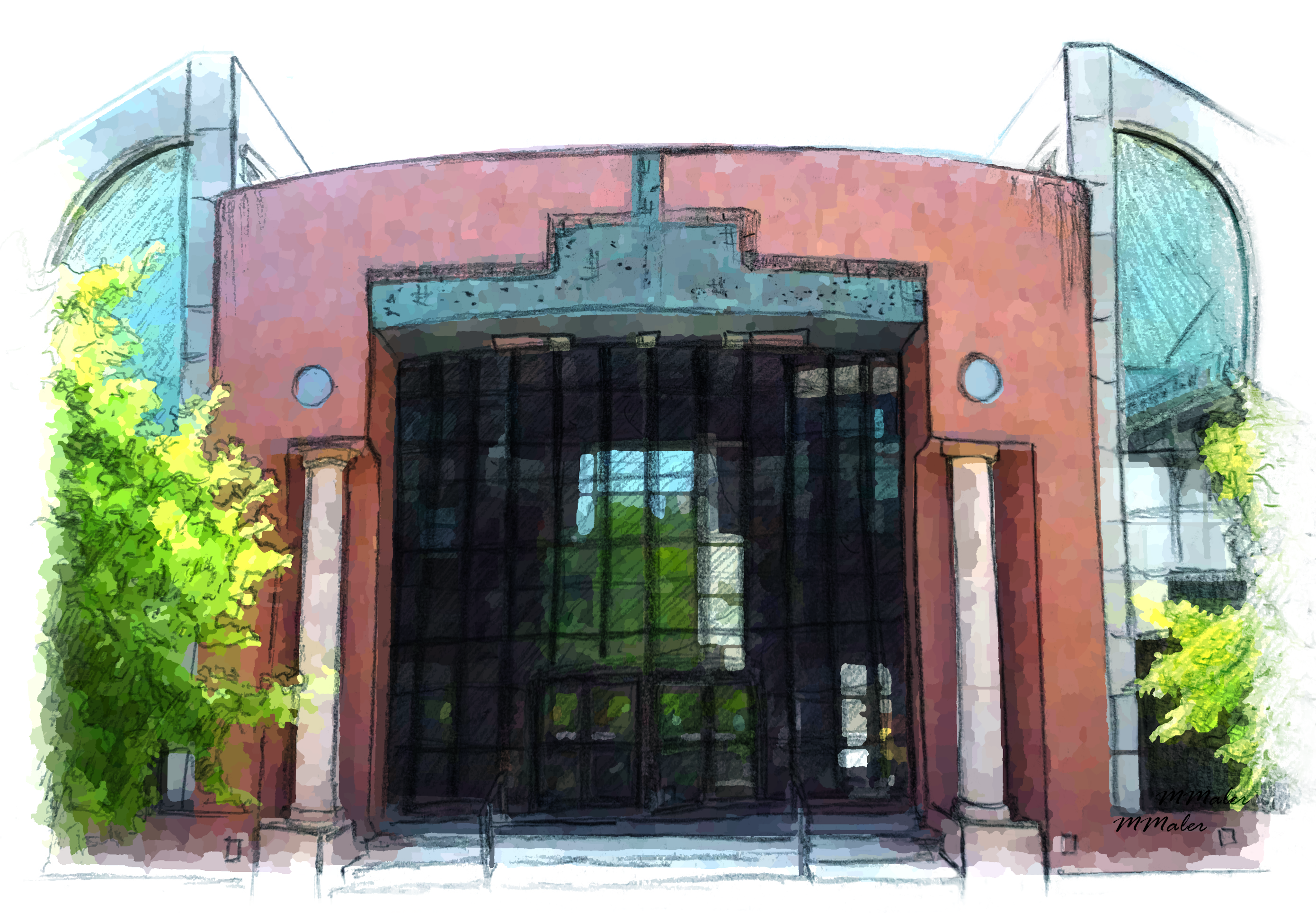After Court
Appeal and Getting Your Money
Appeal from Small Claims Court
Both sides have the right to appeal the judge's decision and have a completely new trial before a new judge or before a jury. The time to appeal is limited. To appeal a form called "Application for Trial de novo" must be filed within ten (10) days of the day the judge decides your case. Another court fee is also required, which is greater than the small claims court fee. The Circuit Clerk can assist you with this process.
It is possible for the person who got a judgment in small claims court to collect the money due while the appeal is pending. To suspend collection during the appeal, a bond may be posted with the court. The Circuit Clerk can assist you with this process.
The new trial after appeal is held in the Associate Circuit division. Court is more formal and more detailed rules of the Circuit Court apply. The judge and court staff cannot assist you in the same way you were assisted in small claims court. It is advisable to consult a lawyer if there is an appeal.
Small Claims Judgment becomes final – Filing Satisfaction of Judgment
The person who gets judgment is responsible for collecting the money from the party that owes it. Collection may start when ten (10) days have passed from the date of the judge's decision, and no one has filed an appeal. The Court does not collect the judgment for you. The Circuit Clerk can provide assistance for some of the collection options discussed below.
The person who collects all the money ordered in the Judgment should file a "Satisfaction of Judgment" with the Circuit Clerk. This shows that the Judgment is paid in full. This satisfaction form can be filed if the money is collected voluntarily, through garnishment, or some other collection procedure. The other party can insist on the filing of a Satisfaction of Judgment so that no one can collect money twice on the same claim.
Collecting on the Judgment
There are several ways to collect the money:
- Losing party pays the money voluntarily
- Garnishment
- Other methods that may require the assistance of a lawyer.
NOTE: A judgment of a small claims court does not impose a judgment lien on real estate.
Judgment Debtor pays voluntarily
If the person owing the money (judgment debtor) cannot pay immediately, it is more efficient and less costly to make an agreement for payment over time because other collection procedures through the court costs money and will probably take longer. If you cannot agree on a payment method or if the judgment debtor stops paying as agreed, you may start collection proceedings. Be sure to file the Satisfaction of Judgment when all payments are collected.
Garnishment of Wages
Garnishing wages is a common way to collection money if the person owing the money (judgment debtor) does not pay the money owed. An employer of the judgment debtor is notified to send the money owed to the court, then it is turned over to the person owed the money under the judgment (judgment creditor). A request must be made for the court to issue a garnishment, and a fee is charged for this. The Circuit Clerk can assist you with this.
The name and address of the judgment debtor must be provided to the Circuit Clerk. To get this information: talk to other people or businesses who might know the judgment debtor (but be careful not to harass the judgment debtor) or examine court records for clues. The garnishment is sent to the employer (called the "garnishee"). For a period of time, usually 90 days, the employer holds a portion of the judgment debtor's wages and sends the money to the court. The percentage of income the employer can hold is limited by law. If the total amount is not collected, additional garnishments can be filed until all the money is collected.
A judgment debtor has certain legal exemptions from garnishment that may limit your ability to collect money. If the wages of the judgment debtor are less than a certain amount, you may not be able to garnish wages at all.
Garnishment of Bank Accounts
To garnish the bank accounts of the judgment debtor, the name and address of the bank must be provided to the Circuit Clerk. To get this information: look at a check or other record the judgment debtor gave you; or look at the endorsement on the back of a cancelled check you wrote to the judgment debtor. Be aware that if another person's name is also on the bank account, garnishment is not possible unless the judgment is against that person as well. For a period of time, usually 30 days, the bank (called the "garnishee") holds an amount from the account of the judgment debtor up to the total of the judgment, court costs and the garnishment filing fee. The bank then sends the money to the court. If less than the total amount of the judgment is collected, additional garnishments can be filed until all the money is collected.
Garnishment Procedure
Fill out the Request for Execution, Garnishment or Sequestration – obtain this form from the Circuit Clerk (Bookkeeping Department). You will be charged a fee for processing your garnishment request.
Fill out the Interrogatories – This is a set of questions served on the garnishee asking how much money has been withheld. The garnishee must answer these questions and return one copy to you and one copy to the court within ten days of the "return date" (the last day the garnishee may withhold money from the judgment debtor). Call the Bookkeeping clerk one week after requesting the garnishment to find out the return date.
On the Return Date – The garnishee's answers to the interrogatories will tell you how much has been collected. Contact the Circuit Clerk Bookkeeping Department about forwarding the money. If the garnishee has not provided the answers to the interrogatories by the tenth day after the return date, call the garnishee and see if there is a problem. If the garnishee refuses to help cooperate, a lawyer may be needed. At this point, the Circuit Clerk can no longer help you.

